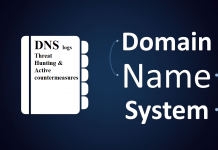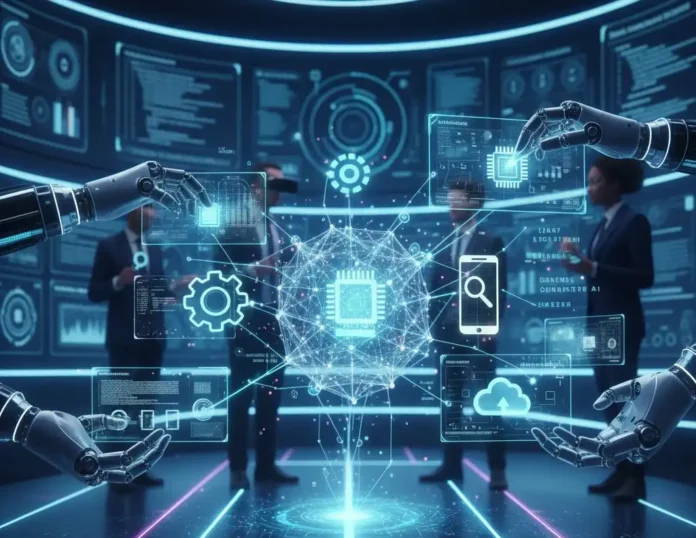The growing buzz around AI Product Development reflects a deep shift in how founders approach innovation. Artificial intelligence has made design processes quicker, decisions smarter, and products continually improved, making the conventional development process an intelligent and adaptive one.
For many startups, AI-powered product creation represents more than efficiency; it’s a strategic edge. Founders can convert ideas into scalable products more quickly than ever besides with AI models that analyze customer behavior, predict that lead to optimization of performance.
This article explores what makes AI Product Development so captivating for modern innovators – and why it’s rapidly becoming the cornerstone of competitive advantage in today’s digital economy.
Understanding AI Product Development
At its core, AI Product Development combines traditional software engineering with machine learning, automation, and data-driven intelligence. Depending on experience, an AI system performs better as time progresses unlike the conventional coding in which logic is predetermined.
This adaptive approach allows teams to move from simply building tools to developing AI solutions that anticipate user needs and self-optimize. Regardless of e-commerce, healthcare, or logistics, the products of the AI era are constantly evolving and provide increasingly intelligent, quicker, and more personalized experiences with each interaction.
The Foundations of Artificial Intelligence Product Design
Effective artificial intelligence product design starts long before coding begins. Dreamers and product teams need to clarify the problem that the user has, balance the goals with the data they have and act ethically on how to use AI responsibly. In contrast to the conventional design, the products created by AI need to reconcile between innovation and transparency and data precision.
By building AI products with user intent and data quality in mind, companies can create tools that are both intelligent and trustworthy – capable of learning, adapting, and evolving alongside customer needs.
The AI Product Lifecycle
In AI product development, the journey doesn’t end at launch – it evolves. The AI product lifecycle moves from concept and prototyping to data training, deployment, and continuous refinement. With each new piece of data, intelligent systems learn and evolve unlike their static counterparts.
Through agile AI application development, updates happen instantly, turning products into living ecosystems that improve with each interaction. Founders who are aware of this cycle create smarter tools – the tools that become increasingly more competent, rather than obsolete, with time.
AI Software Development Best Practices
Modern AI software development demands precision and adaptability. Teams and founders who are open to experimentation are much faster to prototype to a market-ready product and maintain quality.
Key principles:
- Agile iteration: Intensive testing cycles reduce errors and enhance the rate of learning.
- Data quality: Clean and diverse data helps to avoid prejudice in the models and increases accuracy.
- Ethical code: Trustworthy random-accessible algorithms establish trust in the user.
- Uninterrupted integration: Connect AI models to already-existing APIs to stay up-to-date.
Ultimately, building AI products is about uniting technology, ethics, and user experience into one evolving system.
Challenges in Developing AI Solutions
While the opportunities are vast, developing AI solutions comes with its own set of obstacles. It is quickly revealed by founders that innovation is more than just writing code models, but it is about risk management, data management and complexity management.
Key challenges:
- Data constraints: Clean and labeled data is not typically available in many startups to be trained on.
- Algorithmic bias: The lack of good data diversity may affect the results and damage the trust of users.
- Technical complexity: The advanced models require high power in the computing and specialized talent.
- Integration hurdles: Smooth AI application development often requires rebuilding outdated infrastructure.
- Pricing and scale: AI systems are still costly to develop and maintain of course, particularly in the initial phases of growth.
Why Founders Are Fascinated by AI’s Potential
For modern founders, AI-powered product creation represents limitless scalability and creativity. Artificial intelligence does not merely automate the process – it reinvents the possibilities in design, personalization, and decision-making. One model can cater to millions of users, observe their behavior, and change in real-time forming an exponential growth curve that can be achieved by traditional software only with an extremely slow growth rate.
This excitement fuels a new generation of innovators building AI products that merge data, creativity, and automation into one powerful ecosystem. Netflix predictive content or Shopify dynamic pricing are only a handful of examples of how AI shows that smart systems are not the future of business, but the new building block.
The Future of AI Product Development
The next decade of AI product development will blur the line between human creativity and machine intelligence. Prototyping Generative models are already prototyping, writing, and analyzing user feedback in real time. These systems will become not just support tools, but complete creative partners in the future as the systems mature.
Continuous advances in AI software development will make this evolution accessible to startups, not just tech giants. The founders who think of collaboration between people and algorithms will create the products learning, adapting, and getting improvements quicker than any other process could ever do.
The momentum behind AI product development continues to accelerate, reshaping how companies innovate and compete. Those founders who are trying out intelligent design today will be the heads of industries tomorrow.
To turn your vision into reality, explore Bintime’s AI product development solutions — where advanced technology meets real business impact. Begin creating smarter, quicker, and more receptive goods that continue to develop even after release.



































